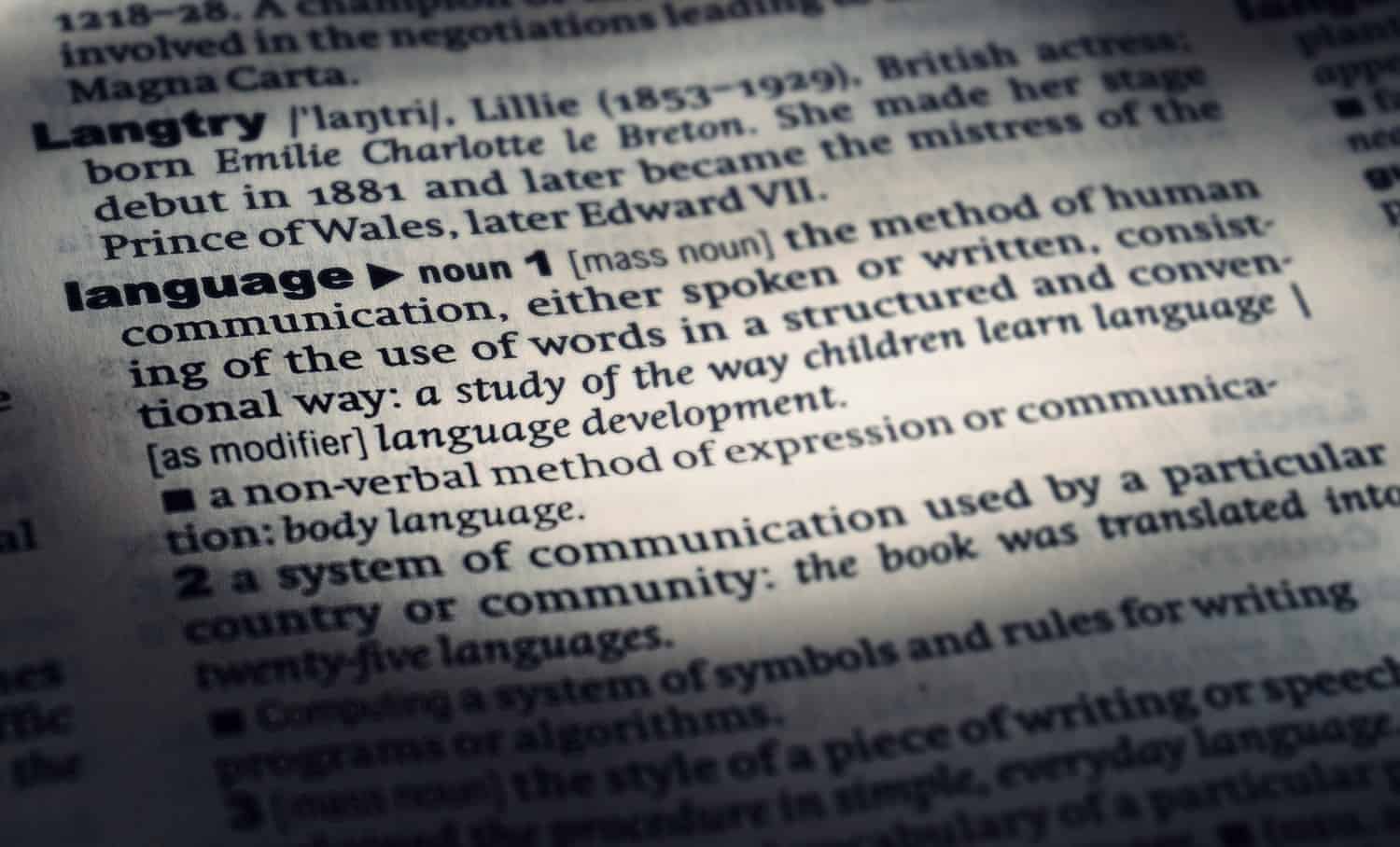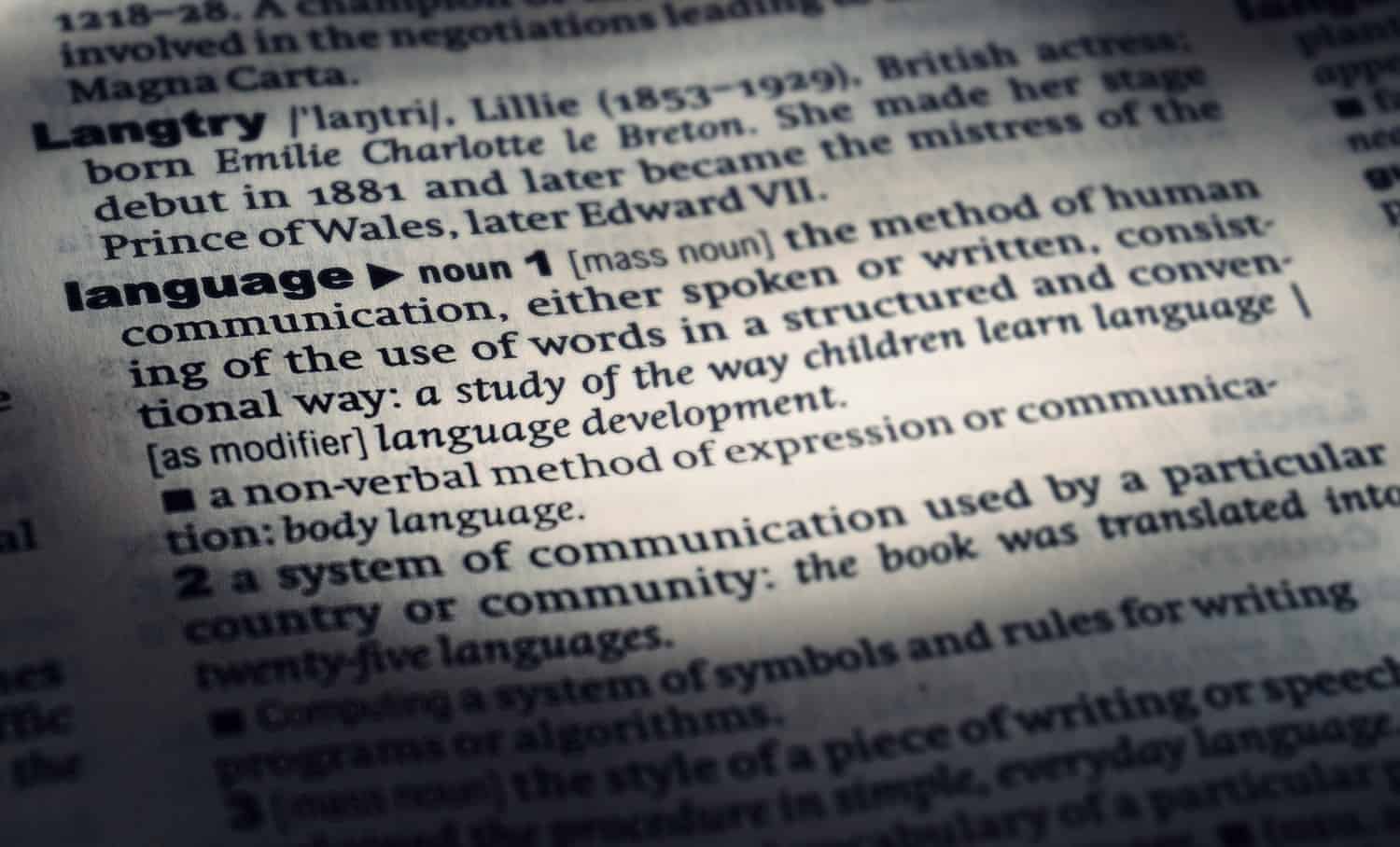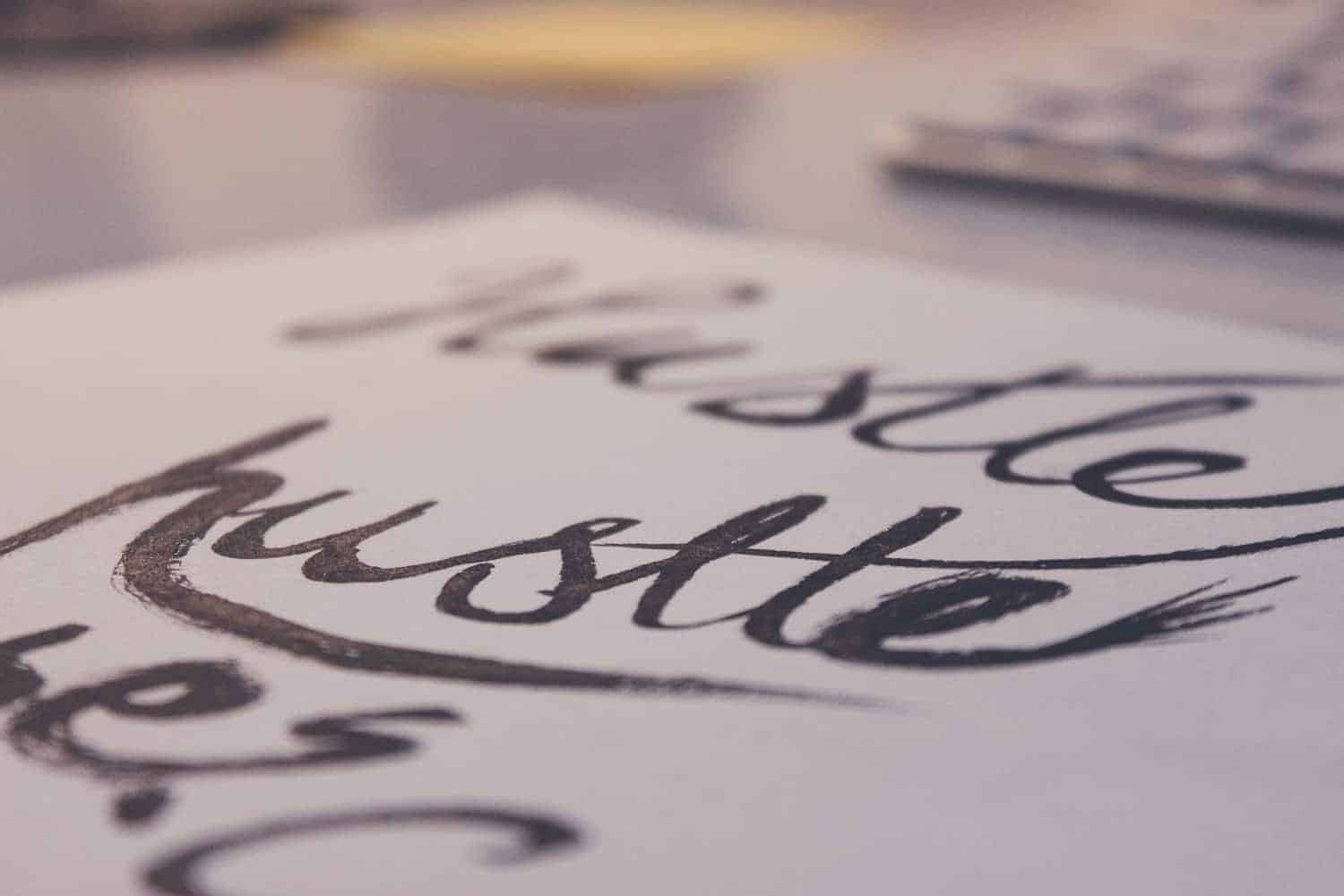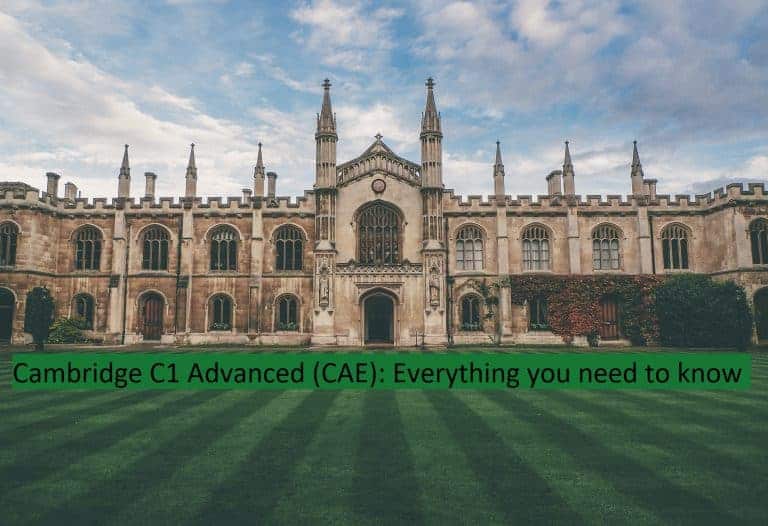Reading and Use of English Part 5
Reading and Use of English is probably the most complex and varied part of C1 Advanced as it comes with eight completely different tasks so it is crucial to understand each single one of them and to know what exactly you have to do.
In this article, we are going to focus on Part 5 of the exam paper. As the first true reading task it is often difficult for candidates to change gears from the grammar and vocabulary-focused questions in Parts 1-4 to the requirements that come with reading activities.
I do recommend finding out more about Reading and Use of English in general first and then dive into each single task because there are global strategies that you can utilise to be more effective and efficient. If you are interested, just follow the link below to my post on the topic.
>>> C1 Advanced Reading and Use of English in a nutshell <<<
>>> Interested in a FREE grammar and spelling correction tool? <<<
What do you have to do in Part 5?
Part 5 – multiple choice: You read a longer text which is followed by six multiple-choice questions. Each question comes with four possible answers A-D and you have to choose the correct option.
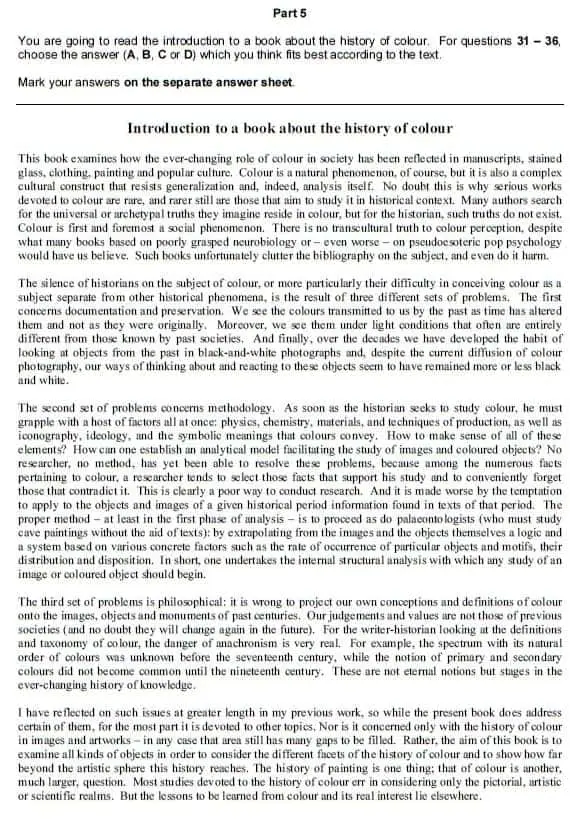
As you can see, the text is fairly long and dense and it can take some time to read everything if you are not used to reading this much in English.

Above, there is an example question. As I mentioned earlier, each question in Reading and Use of English Part 5 comes with four possible answers A-D and you choose the correct option.
This task tests a wide variety of reading skills, for example, reading for detail or understanding opinions and attitudes but also features of text organisation like comparison, examples or reference.
Reading and Use of English Part 5, together with Parts 1, 6, 7 and 8, belongs to the reading portion of the exam paper while Parts 2-4 make the Use of English section.
The 3 most common problems with Part 5
As Reading and Use of English Part 5 is the first part of this exam paper where you have to read a longer text, it comes with its own unique challenges and traps. Some problems show more often than others so I’m going to give you the three most common ones before we talk about their solutions. You might find that none of these issues applies to you in which case you are a lucky person, but if you recognise one or more of them, don’t worry because you’re in the right place.
Candidates get ahead of themselves
I see it way too often that my students, as soon as they see the task, start answering the questions straight away. Unfortunately, this often leads to mistakes as they are not aware of the little distracting elements and traps embedded in the text.
In my opinion, a slower process has its benefits as you can follow a clear step-by-step plan (more on this later on) that prevents you from falling into the traps that Cambridge has set up for you.
Candidates fall for the wrong answers
This might sound like a logical thing because people choose the wrong answers and that’s just what happens. You are right, but I’m not talking about the fact that they choose a wrong answer itself but the way in which they do it.
You can normally find information for all the different possible answers somewhere in the text and it is really easy to pick the wrong one if you don’t know what exactly you are looking for. In Reading and Use of English Part 5, each question might test a different aspect of understanding a text, for example, opinions, attitude, specific detail and many other things. It is your job to understand what you need to find before you go and look for it.
Time management
The last problem I want to mention is really one that affects Reading and Use of English as a whole. While other parts of the paper require you to analyse shorter texts in depth in order to find missing grammar or vocabulary, Part 5 is a long text so you have to show reading speed and understanding of little details within a very limited time frame.
For many candidates, this can become an issue which then might affect the rest of the exam as well. Therefore, good time management is crucial for your success in C1 Advanced so make sure you have a strategy that helps you to be time-efficient and effective.
Tips and strategies for Part 5
I know it can be daunting to just think about C1 Advanced with all its different papers, tasks, time limits and other requirements. Many people get overwhelmed at least once during their preparation because there is just so much to keep in mind.
The best way to get started is to start today. Don’t waste any more time and get yourself in the right mindset. Develop a routine early on so you can benefit sooner rather than later.
General practice
It happens quite quickly that students focus a lot on the exam, the different tasks and what do you with them, and while this is definitely useful and important you shouldn’t forget about your language development.
In C1 Advanced, and especially in Reading and Use of English, your language skills are put to the test so make sure that you don’t neglect any of this.
For the reading tasks in this exam paper (parts 5-8), the best way to improve is – you guessed it – regular reading practice. Only by forming a routine around reading in English can you improve your speed and understanding even of more complex texts. You can invest as little as five minutes a day and see changes so there are no excuses. Choose a topic you like and read articles online or grab a good book and go one page at a time.
Apart from reading, you can start using today’s platforms like YouTube, Netflix or some of the thousands of podcasts to practise whilst enjoying yourself. English doesn’t have to be just boring grammar practice – the possibilities are endless.
Follow a plan
This might be the most valuable tip I can give you not only for Reading and Use of English Part 5, but for C1 Advanced in general. Too many candidates go into the exam with no clue what they have to do so they work on one task for a bit then move on to the next one and before you now they have run out of time and complain about it.
Every single task in Reading and Use of English needs special care and that includes Part 5. Don’t think that you can do this easily just because your reading speed is decent. Make a plan before you go into battle and familiarise yourself with what exactly is expected of you.
Luckily, I have already done some of the work for you. Throughout all the years that I have been teaching exam preparation classes and helped candidates to prepare for their Cambridge exams on this very website, I found a plan that works for the majority of them. Note that it might not be perfect for you, but feel free to adapt and adjust it to your needs so it fits your preferences perfectly.
Without further ado, here is what it looks like:
- Read the title and text quickly.
- Analyse the questions
- Try to answer the questions
- Compare your own answers with options A-D
As this is just a list of different steps, let’s get into a little bit more detail.
Read the title and text quickly
Starting the task by first having a look at the title and text can be beneficial. First of all, you warm up and switch from language work in Parts 1-4 to reading, which is the focus in Reading and Use of English Parts 5-8. There is less analysing of grammar and vocabulary and more understanding of what the writer wants to express so you need to make sure that you transition smoothly from one task type to the next.
Secondly, and probably more importantly, you find out from the get-go what the text is about and what the characters’ or writer’s general attitudes and opinions are, which will help you once you start looking at the questions. You could say that you get a little head start so why waste the opportunity?
Analyse the questions
This is a pretty tricky part because it is important to ignore the possible answers at this stage. In my preparation classes, I even tell my students to cover the answer options in order for them not to get distracted.
Instead, your full focus should be on the questions and what exactly you need to find in the text.

The question above asks about the first paragraph and a problem regarding colour. You can always look at the different questions in this task in the same way. Check what kind of information you are looking for and, if given, where in the text you can find it.
Try to answer the questions
Now that we know what to look for, it is time to go to work. The most important part about this step is that you still have to ignore the possible answers. Cambridge designs the questions and answers in order to make them as confusing as possible and what is the best way not to get distracted? Exactly, ignorance! Simply ignore what might confuse you and you won’t get confused.
In our example, we need to look at the first paragraph of the text and look for a problem that has to do with colour which the author mentions.

The author talks about how difficult it is to find a general truth about colour because, in the text, they say “[t]here is no transcultural truth to colour perception” and that many books simply don’t get it right.
This is our own answer without having been influenced by possible answers. With this in mind, we can now move on to the next step.
Compare your own answers with options A-D
Only at this point are we going to look at the possible answers and we carry our own answer in front of us like a protective shield against the lies and confusion that Cambridge calls possible answers.

So, let’s look at the answer options again and see if there is one that resembles our own answer.

The only option that matches what we’ve identified as the answer is option C as it speaks about different parts of the world and that colours can mean different things depending on where you are (transcultural).
Forget about the rest because we’ve found our winner. There is usually no point in looking at the other possible answers again as this would simply make you question yourself, possibly confuse you and cost you tons of time. As soon as you think you’ve found what you came for, grab it and run.
Repeat the previous step and this one for the other questions and you should be fine.
Other tips
Be aware that in Reading and Use of English Part 5, you can gain two marks for each correct answer. It is, therefore, advisable to spend a little bit more time on this one. If you can score full marks in this task, you are already a big step closer to passing the reading portion of C1 Advanced so don’t waste the opportunity.
Last but not least, it is also a good idea to think about the order in which you want to tackle the different parts in Reading and Use of English. While most candidates go by the numbers and follow the same order as in the exam paper, there might be some benefits in changing said order a little bit. If you want to find out a little bit more about it, follow the link below.
>>> Learn more about the different strategies in Reading & Use of English <<<
Practice makes perfect
It is now up to you to take all the information from this article and use it for your own benefit. Remember that strategy and practice get you closer to success so start working today and don’t waste any more time.
I hope my article will be helpful.
Lots of love,
Teacher Phill


